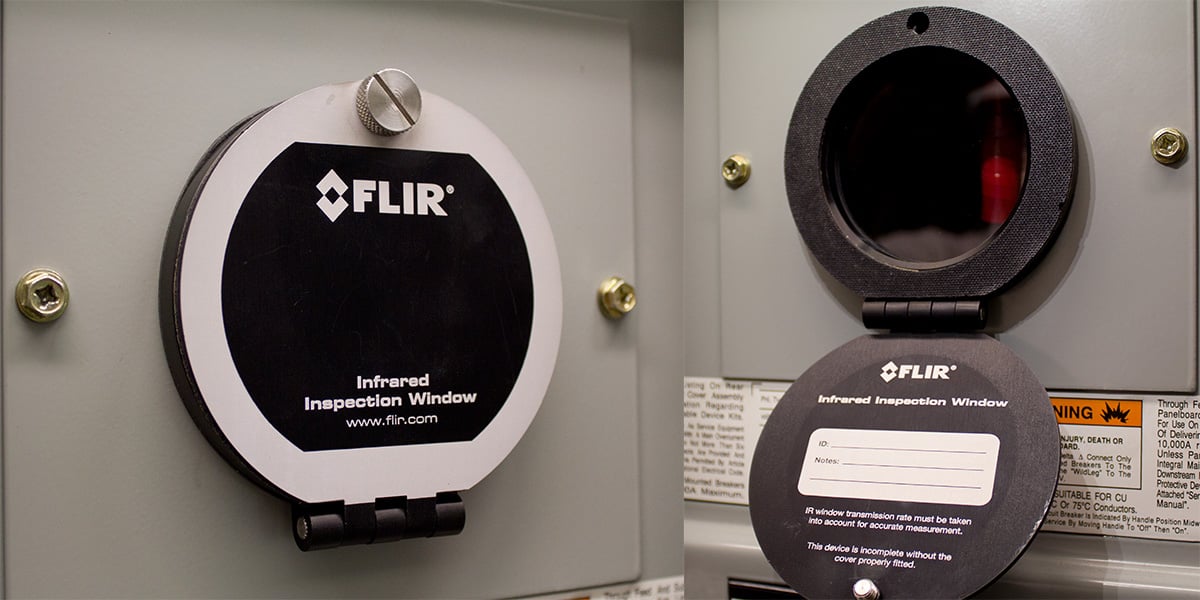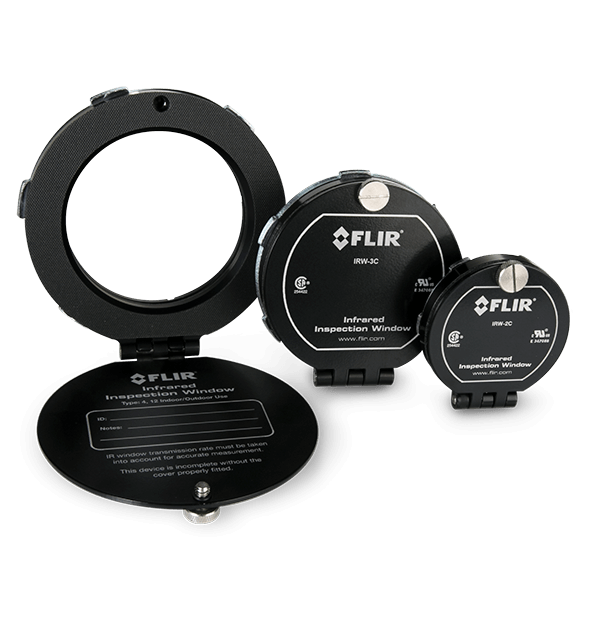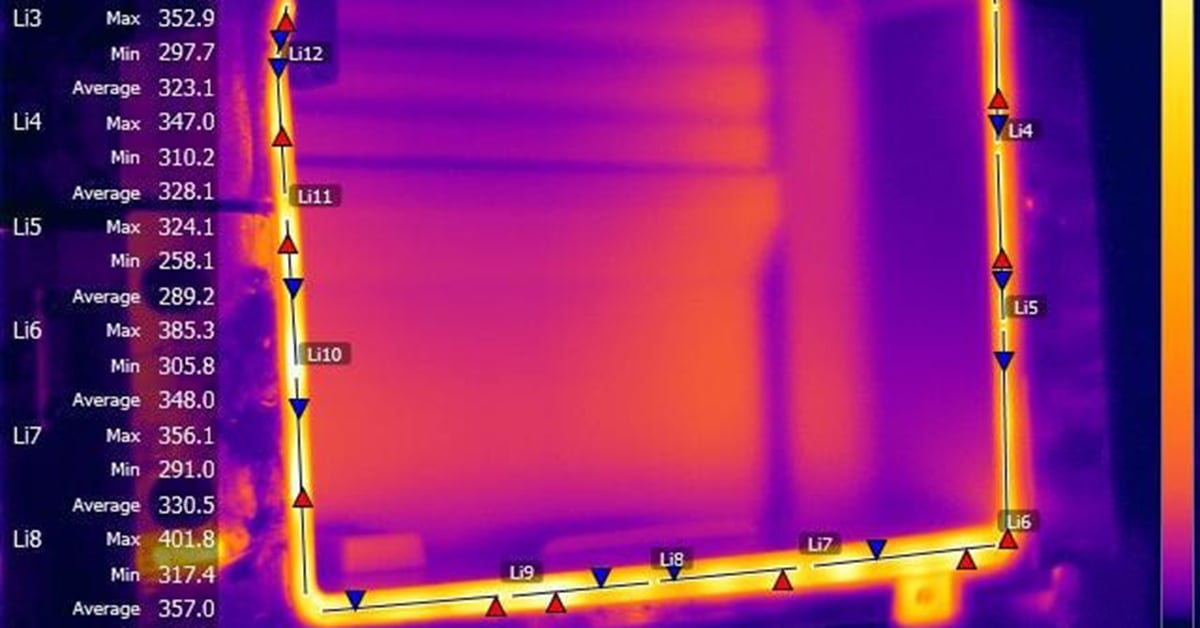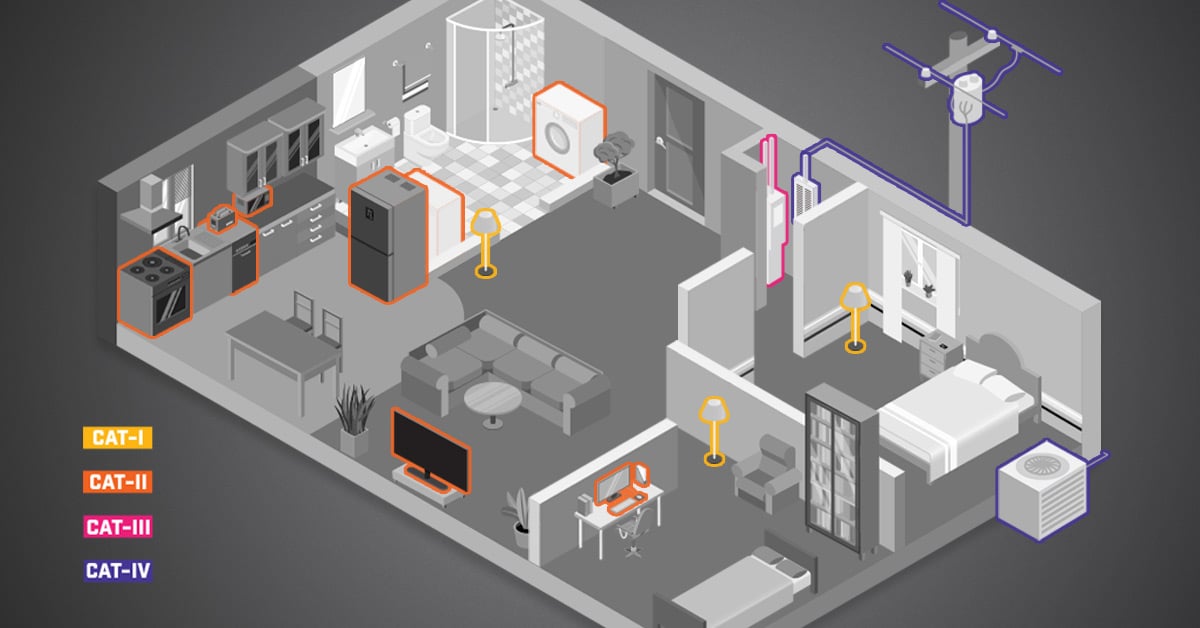The FLIR 80° IR Lens Creates Immediate Savings for Indoor Electric Inspections

Teledyne FLIR recently released a new 80° lens to give inspectors a wider field of view (FOV) and enable easier indoor inspections. One of the most common issues when conducting indoor inspections is operating in confined spaces and difficulty in capturing an entire target in a single shot. The enhanced viewing angle is especially useful for closed cabinets that contain critical or high-powered electric systems.
High-powered electrical cabinets present a few challenges that maintenance teams have to work around. When electrical connections and components break down, the result may be unplanned downtime, costly repairs, and production loss. The potential loss from malfunctioning electric systems means facilities must perform inspections on a regular basis, but such inspections pose inherent safety issues. Condition based monitoring techniques require equipment to be energized and operating under normal load conditions but opening the doors or covers of a panel creates an elevated risk of an arc flash or electrocution for the personnel involved.
One way to get around the risk of electrical cabinet inspections is by installing infrared windows on critical assets. Infrared windows, also known as IRW or IR Windows, allow thermal energy to pass through, allowing maintenance teams to see into a cabinet without having to remove any remaining safe behind a protective barrier. This installation creates an easier inspection for high-voltage cabinets or inaccessible components and may reduce requirements for use of special personal protective equipment (PPE). The windows are easy to install and feature a permanent, hinged cover that flips open effortlessly, so there are no loose parts to drop, mix up, or lose.

Standard FLIR IR Windows range from two to four inches wide.
IR windows are a great solution for mitigating the risks of electrical inspections, but their use can limit a user’s field of view. Facilities will also potentially need to install hundreds of windows to have sufficient coverage and even a one-inch diameter difference in window selection has huge cost ramifications. Facility managers must strike a balance between sufficient visibility and budget when considering their IR window installation.
FLIR’s 80° lens enhances an IR window’s field of view (FOV) and comes without impacting budget. Using an 80° lens viewing a small, 2-inch IRW will achieve the same wide view result as using a 4-inch IRW, while saving around 30% of the capital cost. We can use the MSRP for 2-inch and 3-inch IR windows to immediately see the savings this wide-angle lens presents. Let’s say a hypothetical company needs to install 300 IR windows.
• Option A: Installing 300 3-inch IR windows at a cost of $351.99 per window = $105,597
• Option B: Installing 300 2-inch IR windows at a cost of $240.99 per window = $72,297
The hypothetical company could then use their savings to purchase a FLIR T560 with a FLIR Thermal Studio license for $23,428 and purchase an 80° lens for their camera for $4,500. The purchase comparison would then look like this:
• Option A: Installing 300 3-inch IR windows at a cost of $351.99 per window = $105,597
• Option B: Installing 300 2-inch IR windows at a cost of $240.99 per window + professional reporting software + premium thermal camera = $100,225
Even with the additional purchases, option B allows the company to have sufficient coverage of their critical assets, a new FLIR T-Series camera, reporting and analysis software, a wide-angle lens, and at a lower cost than option A.
When purchasing IR windows for your facility, consider not just the size of the windows themselves, but also ways you can empower your thermography program. A wide-angle lens paired with your window purchase could potentially create savings and enable you to get even more out of your money spent.


